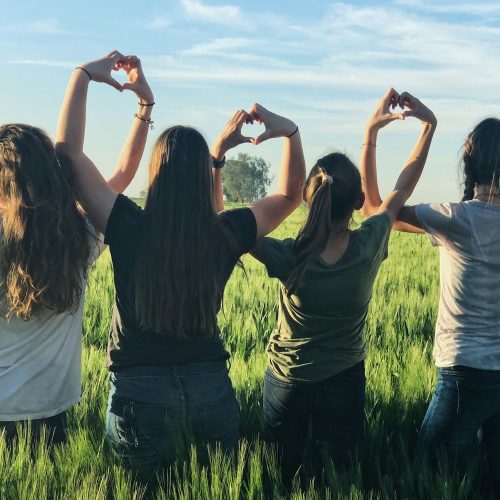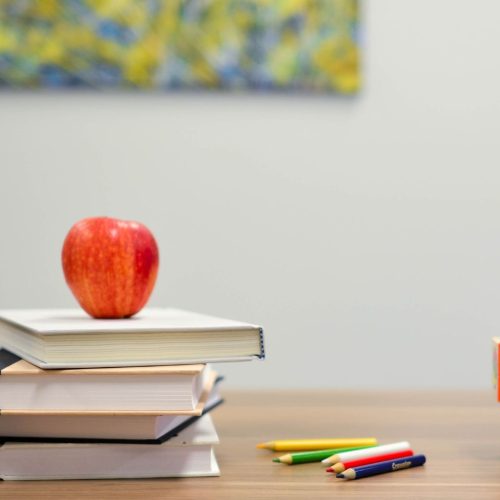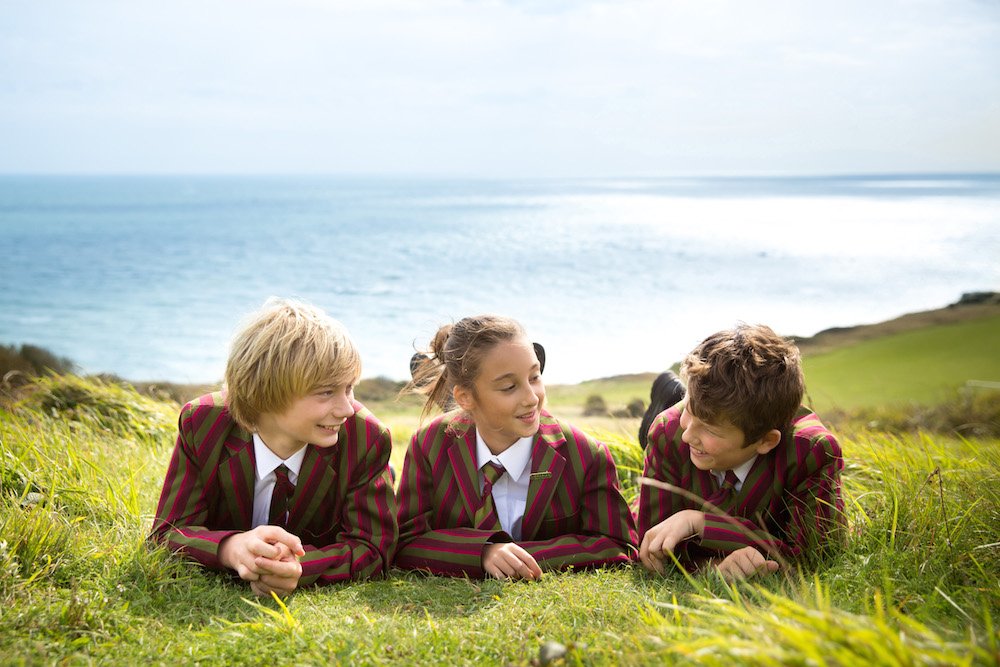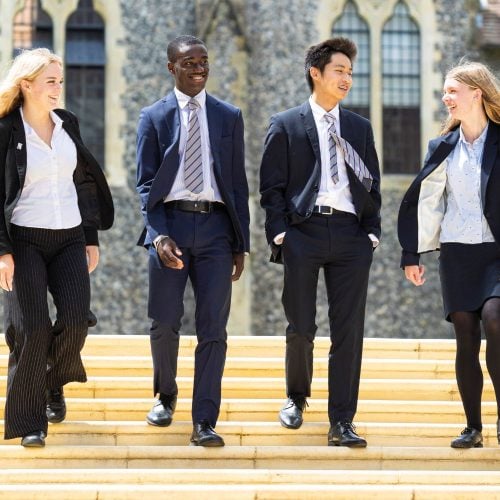First steps! Expert advice on choosing an early years setting, nursery and pre-school
Is your child really old enough to head off into the big wide world of nursery and pre-school? From questions about how to talk to your child about nursery to whether they’re ready. Sarah Sutherland, Senior Deputy Head at Windlesham House School shares her wisdom.
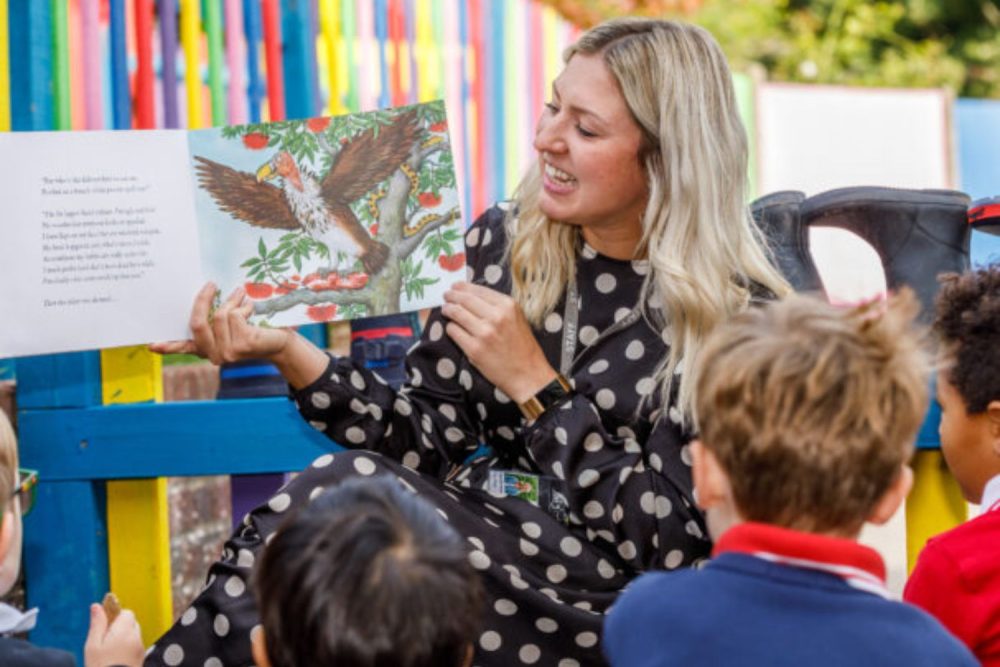
Letting your little one leave the nest whether they’re a toddler, tween or teenager is daunting to say that least, but when they’re making the first leap into early years education you want to make absolutely certain it’s the right place for them. Which is why Muddy turned to Sarah Sutherland, Senior Deputy Head at Windlesham House School to talk us through the checklist of considerations as well as reassure any nervous parents – isn’t that all of us then?
Windlesham House School, Washington, West Sussex, is a gently selective, co-ed day and boarding school for children aged 4-13 set in 65 acres at the foot of the rolling South Downs – champions children experiencing an outdoorsy, wholesome, nurturing and opportunity-packed childhood and education.
Lets hear what Sarah advises for little ones then!
What are the key concerns parents have when choosing an early years setting?
Every family has their own criteria and will come with their own questions and concerns. The most common questions are centred around readiness and preparation before starting and how will they, as parents, know which is the right choice for their child. My advice to parents when they ask these questions is firstly that readiness is subjective, a setting should reassure parents that they will support their child to develop at a pace that is right for them and not in comparison to other children. Imagine a newborn baby and a child who is 9 months old, they are very different in their developmental stages and this is the same age gap that can occur in any given school year group. Secondly preparation for school will depend largely on the setting itself and what it requires to ensure the children are able to feel happy and confident there.
What should parents look out for when weighing up a new environment for their child?
It is important that parents view the setting during a working day with children enjoying what is on offer. Many open days at the weekends do not enable families to see early years children using the environment and you can tell a great deal from how the children are using the space, what is on offer and their interactions with the staff. Happy children who are well supervised and engaged are the best advert for any early years setting. Perhaps not the first aspect that would come to mind but depending on the age of the children I would want to understand the provision for changing, toilets and medical care, this is not something that may be readily shown on a generic tour route or during an open morning but the provision for these areas in an early years setting is crucial and speaks volumes about the wellbeing of the children in their care.
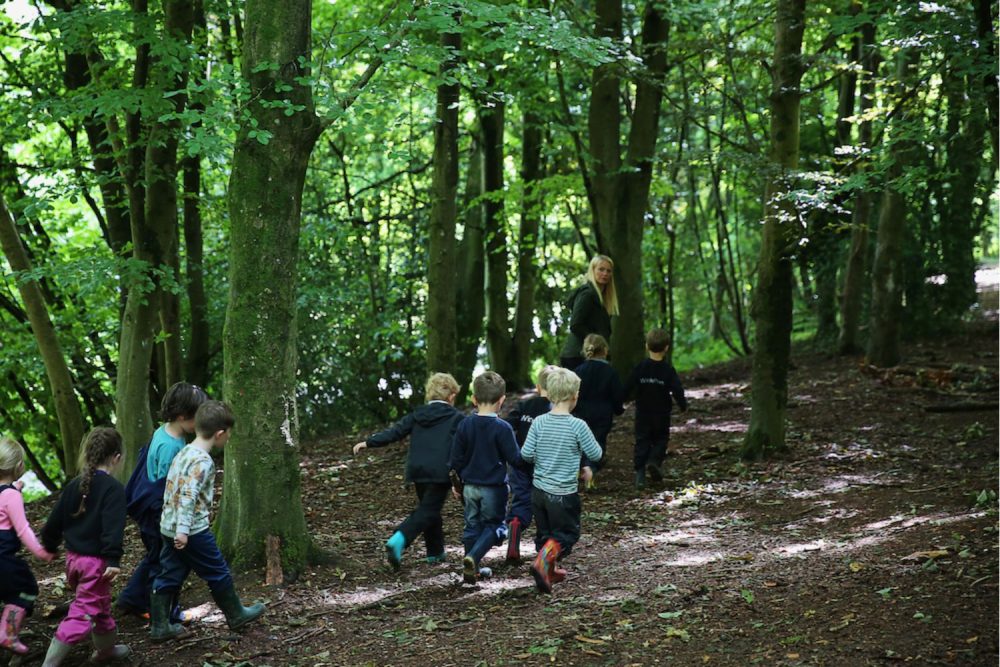
What does Windlesham House School do differently?
When you walk into the early years area at Windlesham House School, the first thing you notice is that it is set up with the children at the heart, it is not organised in the ‘traditional’ classroom way you may find many reception classrooms. Our philosophy is child centred and the children lead the play and learning. The children navigate the classroom confidently and independently and self-select their own resources and equipment. You will not see children working through a set of adult directed activities but you will see the adults interacting with the children through their play enabling them to make progress and achieve their individual next steps. Short carpet sessions are punctuated throughout the day to encourage the children to further develop their understanding of the early years curriculum and the staff are well qualified to know each individual child’s next steps. For example, there may be a child who loves building but is a reluctant mark maker / writer so during the building process staff would encourage that child to make a sign for their model or label it. This method of supporting the children to see purpose in their activities enables embedded learning.
The EYFS curriculum is built around the children’s guiding questions or ‘wonders’ and the wonder wall highlights what questions the children have. These are then chosen from the wall and the children and adults set about answering those questions, visiting the library or heading off around the school to find an ‘expert’. The philosophy of teaching the children how to learn as opposed to what to learn progresses throughout the school, every classroom has a wonder wall and the children become confident talking about their ACE learning habits, for example, it is not uncommon for a child in reception to talk about being a resilient learner when they continue to persevere when challenges get tricky.
Is there an ideal age to start nursery? And can it ever be too early?
No, every child and every family situation is different. Many families sending their children to an independent setting are dual working families and need the flexibility of a nursery setting and wrap-around care in the early years. It is important to work with families to support their children on an individual basis. A setting that puts the child’s wellbeing at the centre of its provision will not be age dependent.
What skills are essential before a child starts their Early Years place?
This depends largely on the age of the child and setting and it is important to ensure that an early years setting focuses on the child as an individual rather than a set of essential skills. Children all develop at different rates and when visiting an early years setting it is critical to ask about their expectations.
Developing a child’s independence at an age appropriate level is essential both in the home and at an early years setting, if a child is developmentally ready to go to the toilet, feed themselves or get themselves dressed they should be supported and encouraged to do so. This enables the child to begin to develop confidence in their independence and in hand supports their emotional wellbeing.
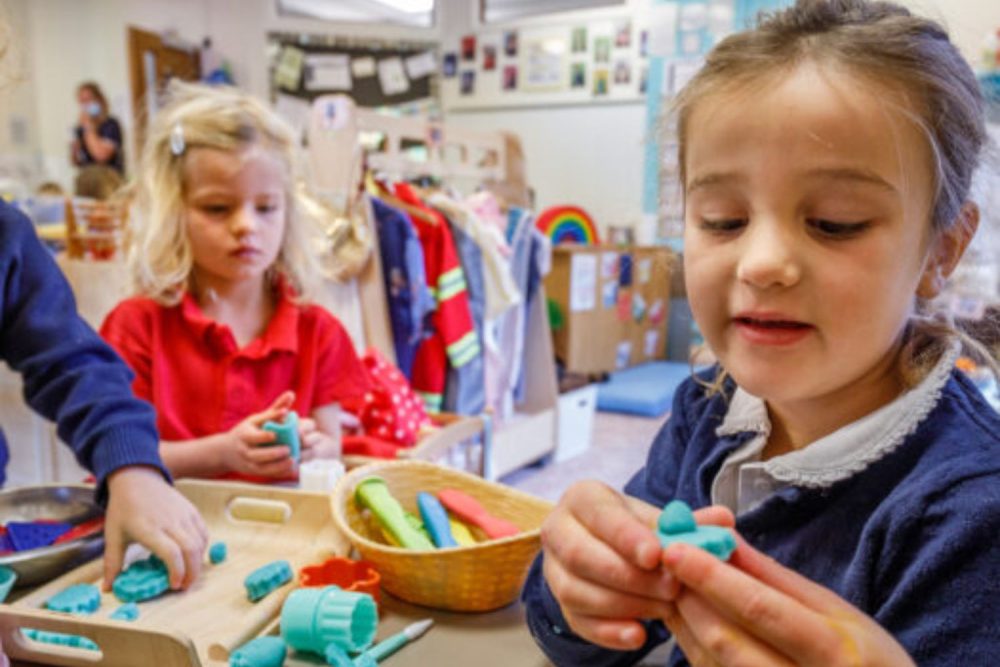
What’s the best way to start to introduce your child to pre-school or even the idea of it?
Before your child starts nursery or pre-school, ensure that it is part of your everyday discussions. Stories are the best way to introduce children to a new idea or experience and there are many excellent books centred around nurseries and pre-schools. When you have chosen a setting, drive past and begin to show your child where they are going to be going, show them pictures on websites and ask the staff what they do to support transition. At Windlesham House School, our staff get to know the children in their home or pre-school setting before bringing them into school. We feel strongly that the children should be given an opportunity to meet the key staff in their own environment before bringing them into a new and unfamiliar one. We begin with nursery visits and home visits before introducing a schedule of story times and stay and play sessions. In addition to this we also send recorded bedtime stories to our new starters so that they begin to build up an emotional connection with the staff before they join us. This method also supports the child’s wellbeing in terms of transition and separation as they have already had shared experiences with our staff which can be drawn upon.
When choosing, how much emphasis should be placed on the ISI report?
An ISI report will always be an important document in terms of external quality assurance and an objective view on what a setting does well and needs to improve upon. Under the new inspection framework which came into effect from September 2023, one of the key principles of the inspection process is triangulation of evidence and this principle is equally important when it comes to choosing a setting for your child. An inspection report will give a clear and thorough snapshot of what the setting is doing but it is important to do your own research too. Use the inspection report as one piece of information in your research, look at when the last inspection happened, the recommendations and talk to the settings about their report.
Is it important that parents manage their expectations as to what their child will ‘achieve’ in their early years education?
It is important to engage in regular conversations with parents about their child’s next steps, progress and ‘achievements’. Developing and maintaining an open and honest relationship with parents is key to a mutually supportive view of their child’s development. When parents are choosing the right early years setting they should begin to see the relationship that can be built with the staff from the outset. Regular opportunities to share and discuss a child’s progress is critical in ensuring that parents feel that they have an honest understanding of where their child is at and what their next steps are. Ask about reporting and how the setting informs parents of ‘achievements’. At Windlesham House School, the Tapestry app is used to keep parents up to date with what is happening and developmental milestones and this can also be used by parents to let us know of things that are happening at home. The children enjoy seeing moments uploaded and sent to parents and it facilitates purposeful discussions about what is happening at school and at home.
How important is it to consider your child’s personality when choosing the right setting?
This is hugely important and will be one of the deciding factors when choosing a setting for your child. As the primary educator, a parent will know whether they can visualise their child in that setting. A larger setting may not be appropriate for some children whereas a smaller setting might be equally not right for others. Discussions with the early years staff will help to ascertain the right setting for your child, talk to the staff about your child’s personality and how they will support their individual development, bearing in mind that children change and develop constantly depending on their surroundings, support and experiences.
What’s the latest trends and thoughts about the best way to educate young children?
There are many trains of thought around the ‘best’ way to educate young children and every school will have a different view on this. There has been a marked shift over recent years and a move away from a curriculum and ethos which focuses on the acquisition of knowledge to one which places emphasis on skills and the application of these. More and more schools are focusing on a child centred approach to their educational offering and providing the children with opportunities to research, apply and evaluate their own learning. The Early Years Foundation Stage Framework is the beginning of the ethos of child centred learning and a school which embraces that throughout the year groups is one which has child development at its core.
How important is it to Windlesham House School to immerse the children in outdoor learning?
Being nestled in stunning acres of the South Downs National Park, Windlesham House School places great importance on outdoor learning and giving children the opportunity to spend as much time outdoors as possible. Staff plan and deliver purposeful learning experiences for the children in the grounds, from the Reception children taking care of their garden area to our senior pupils performing Shakespeare in the forest. In addition, the children have the opportunity to play in the woods, adventure playgrounds, build dens and climb trees in an age appropriate way with high levels of staff supervision. Taking the learning outdoors enables children to learn in a way they may not be able to in the classroom, the children learn through doing as opposed to being confined to one classroom space.
How can you tell a school that’s does forest school and outdoor learning well?
Forest school is vastly open to interpretation depending on the facilities and staff expertise and should not be confused with outdoor learning. Forest school is a long-term process whereby children regularly spend time immersed in their own child-led activities which can be supported by staff developing key skills alongside.
If a school is doing forest school well, it will be part of the day to day offering of the school, ask about their approach to forest school. Is it a set of lessons outside or is it an opportunity for the children to explore nature, their environment and engage in developing their own spiritual development and awe and wonder in their surroundings? Children should be given the opportunity to spend time outdoors in the forest and develop skills such as resilience, independence and the ability to take supported risks as opposed to meeting a set of curriculum objectives. If possible ask to visit forest school when children are there to get a fully informed view of the provision on offer.
What are the warning signs for a nursery not doing its job properly?
The most important role any setting has is to safeguard children and ensure that they are happy and well looked after. If a child is not happy in the setting or reluctant to go, conversations should be had about why whilst always taking a fair and measured approach. Any school or nursery will be inspected against its stated aims; therefore they are not doing their job properly if they are not meeting those aims.
Health and wellbeing in children is at the forefront of every parents mind, what facilities does Windlesham House School have in place?
Windlesham House School prides itself on its provision of pastoral care including health and wellbeing. Children are taught from the EYFS how to choose a balanced diet and eat to keep healthy and they are supported to do so. Our dedicated personal development department supports the teaching of the PSHE curriculum whilst the wellbeing centre is open all day for children to visit should they wish to. This goes hand in hand with our dedicated team of form teachers and phase leaders who meet weekly to discuss the children in their care. In year 8, children are trained to be peer listeners and are allocated to year groups across the school to add another level of wellbeing support for our pupils. The children’s wellbeing is everyone’s responsibility at Windlesham House School and every child can identify their ‘person’ whom they feel comfortable talking to. The school’s ‘circle of care’ is a quick reference point for all children detailing who they can talk to at any time.
Windlesham House School, Washington, Pulborough, West Sussex, RH20 4AY, 01903 874700
READ MORE: Muddy reviews Windlesham House School
READ MORE: How to support your teen’s mental health and wellbeing
You may also like










